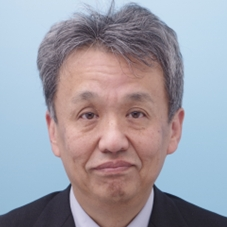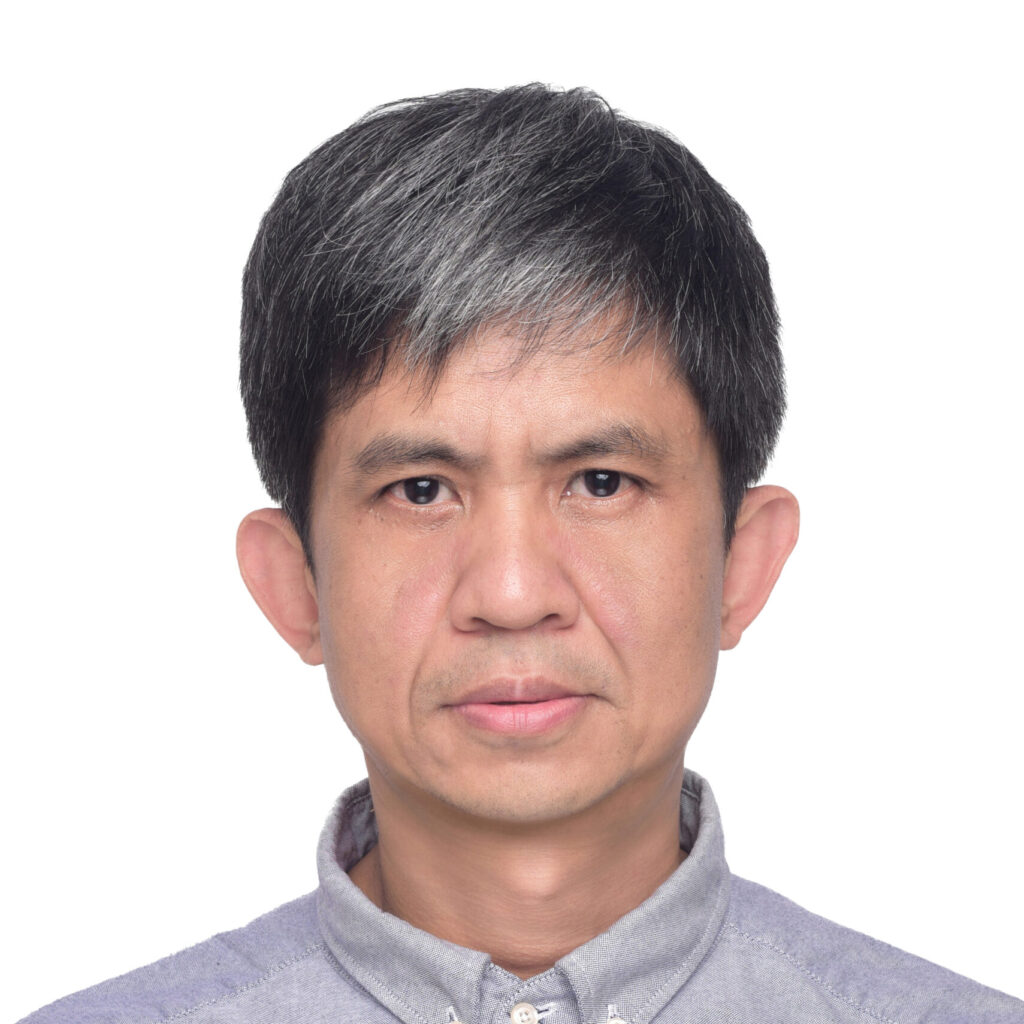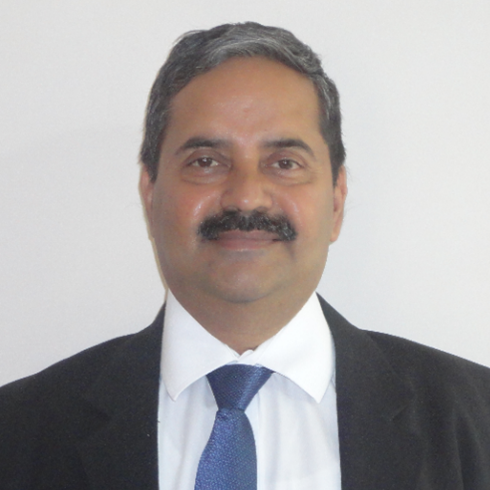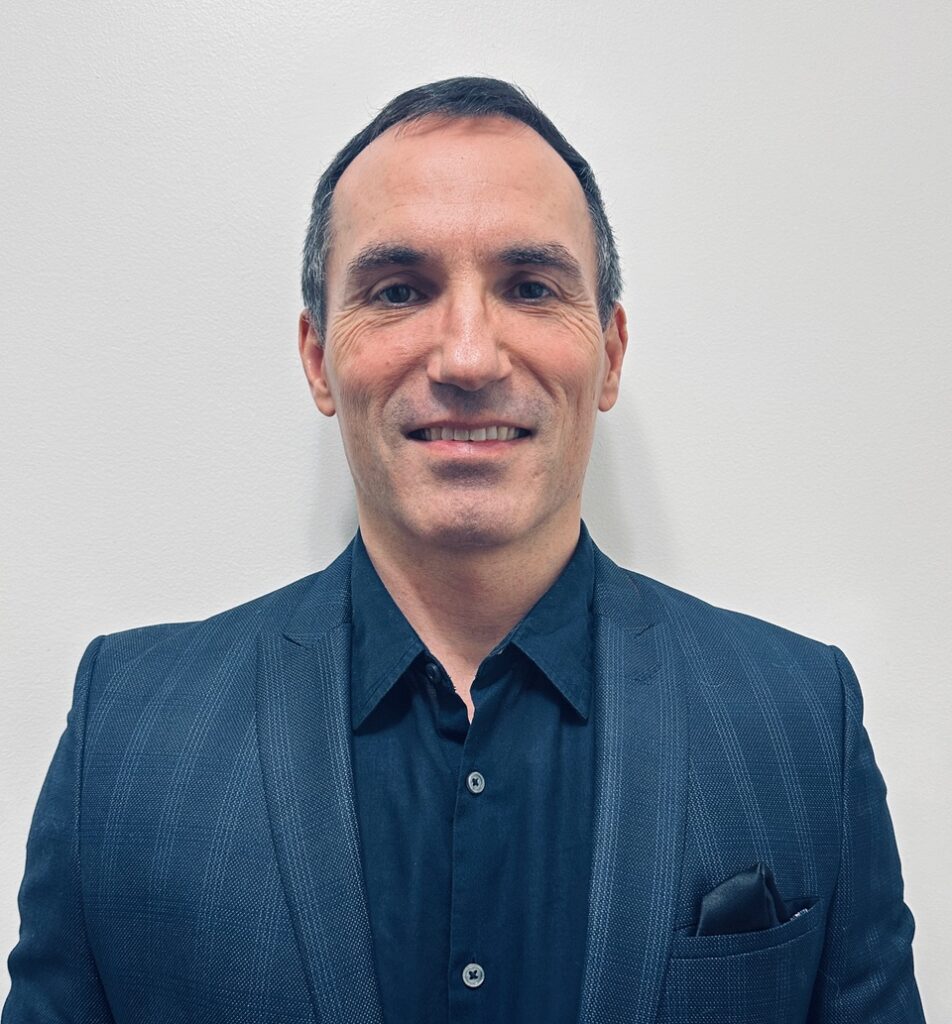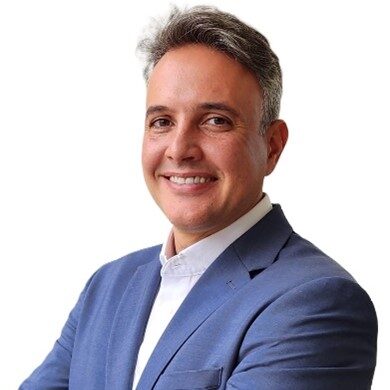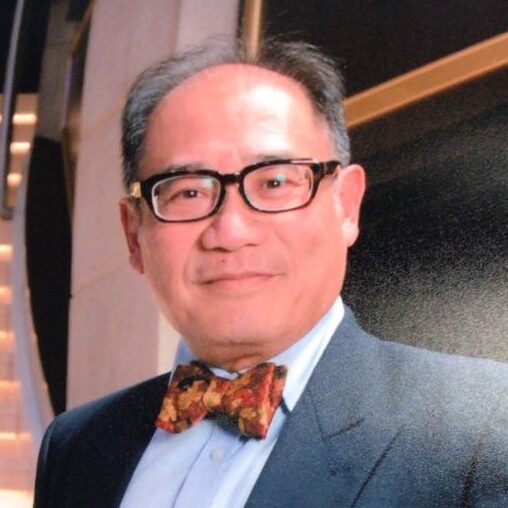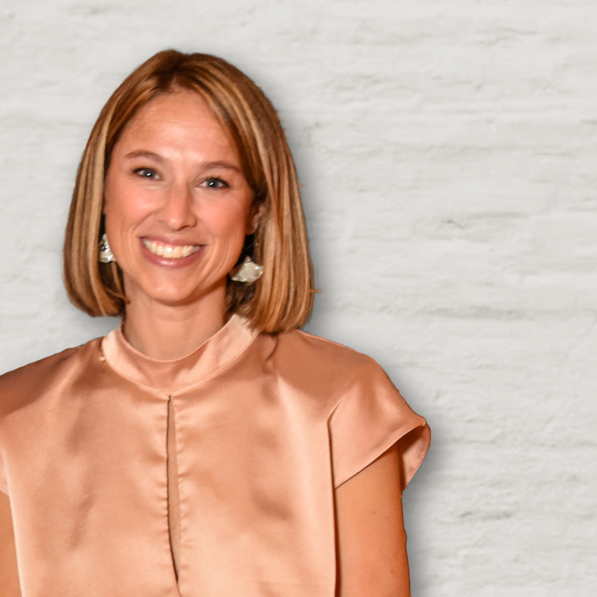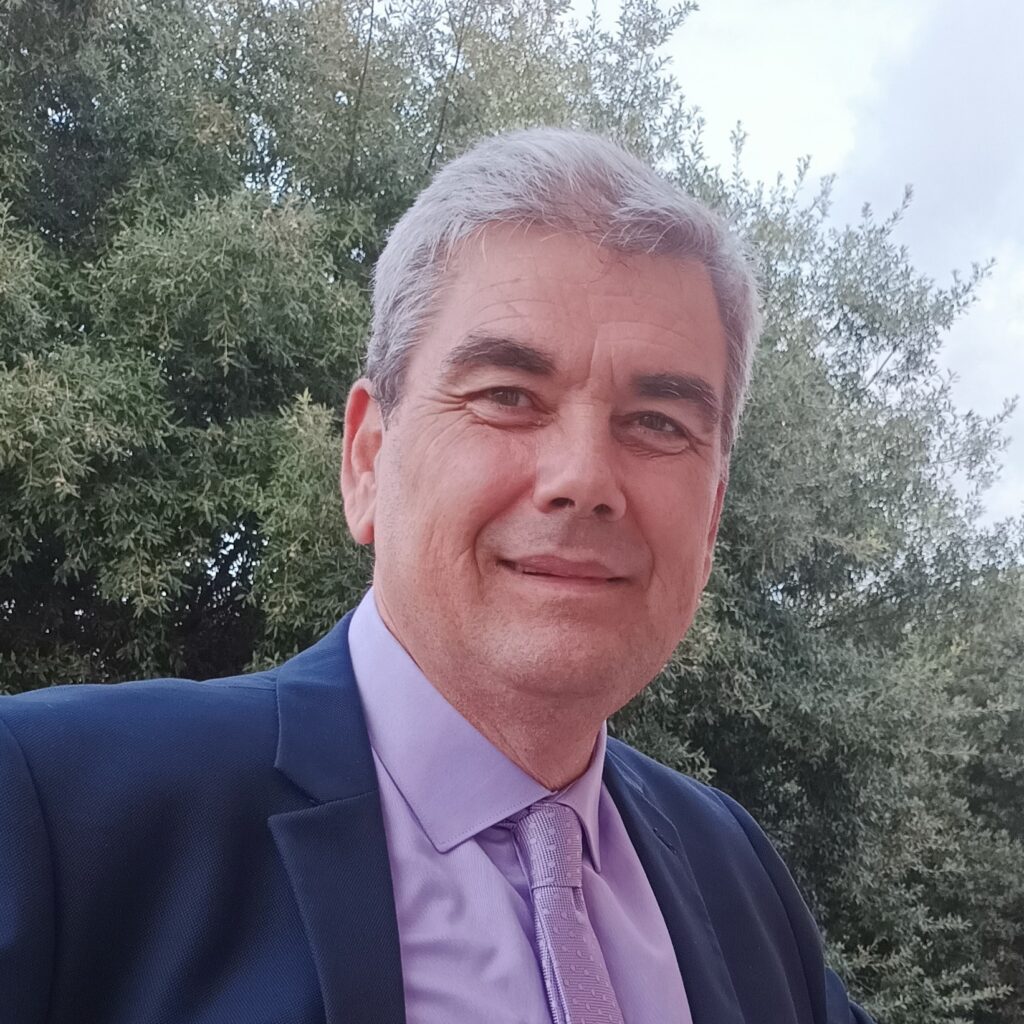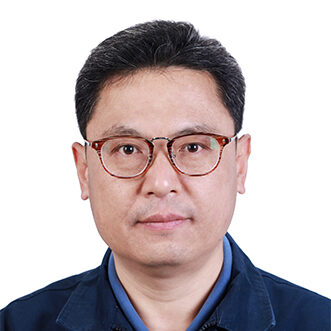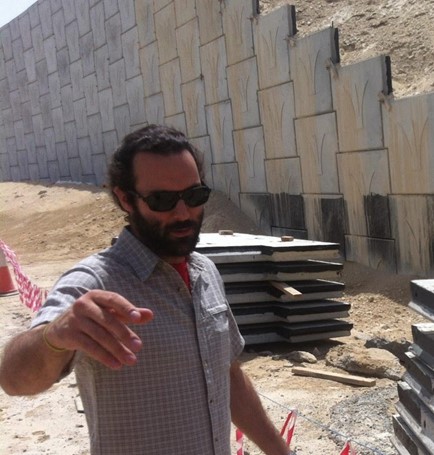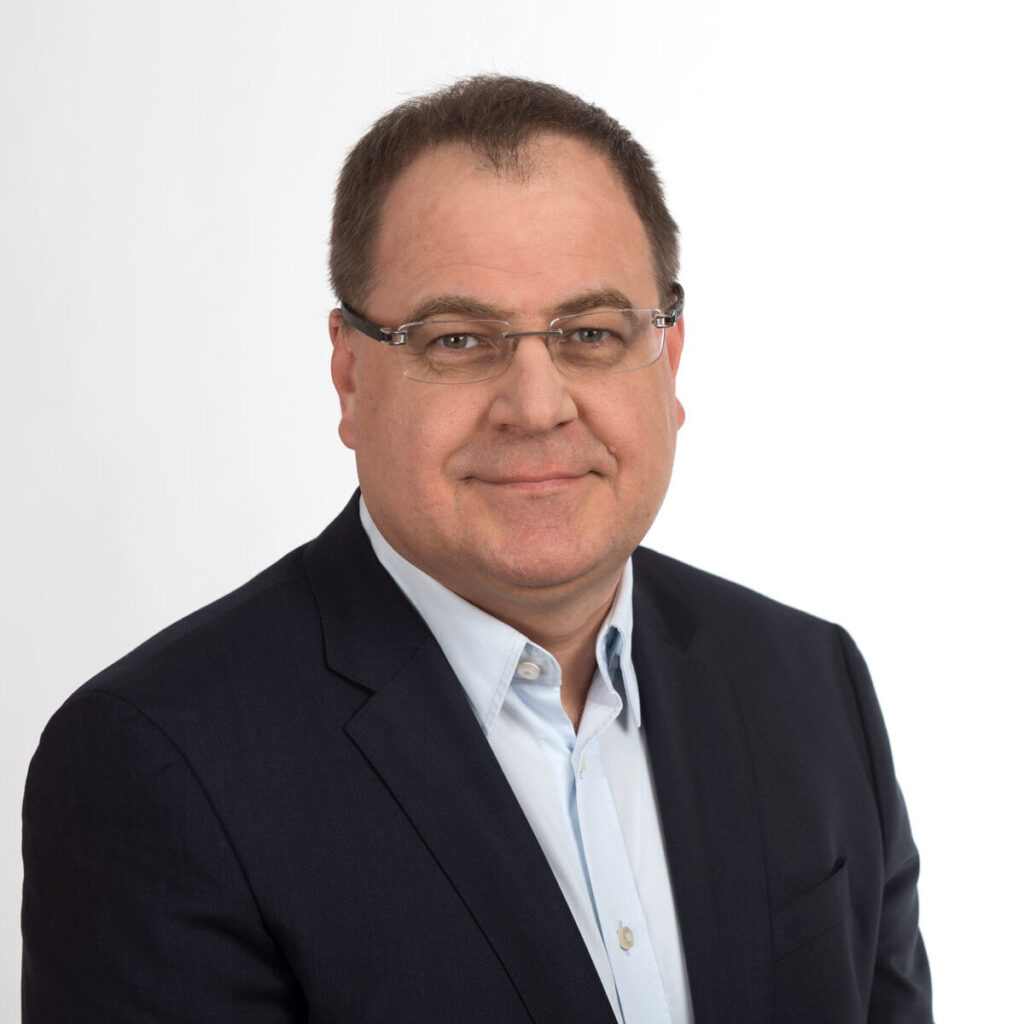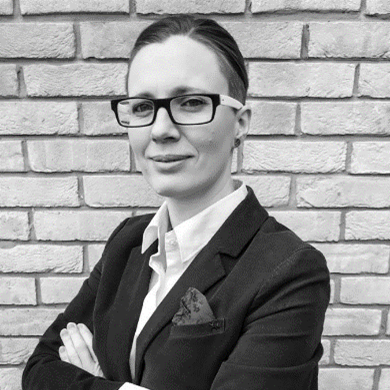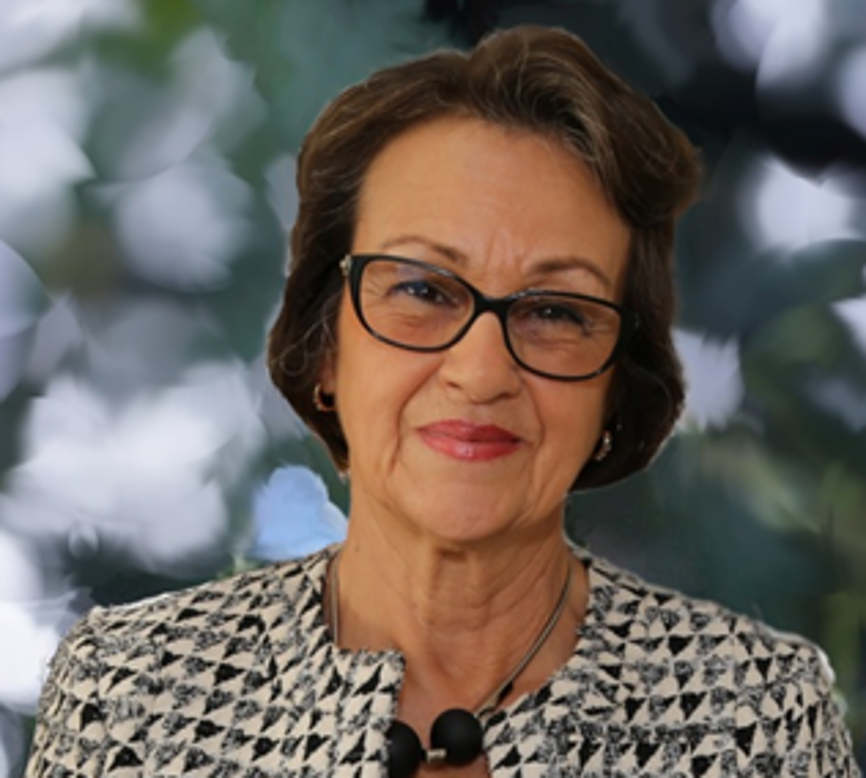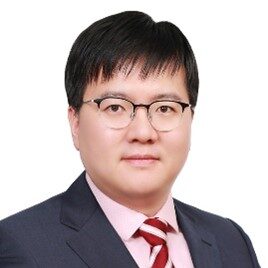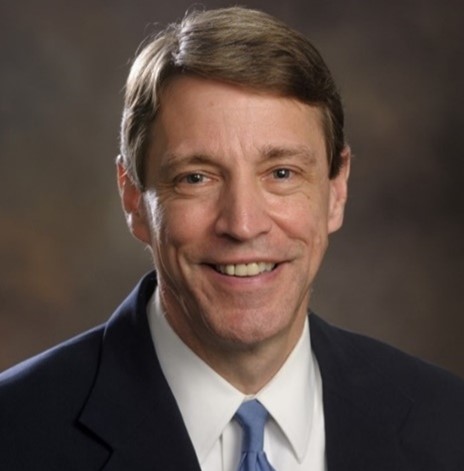Sister Societies
Sister Societies of the IGS
The IGS has a very well established and highly productive relationship and a strategic partnership with each of the societies listed below. Through Sister Society Agreements, possible collaboration in the areas of membership, publications, technical meetings, and various joint activities are promoted. If you are aware of sister society relationships that should be considered, or you would like to learn more about developing such a relationship, please contact the IGS Secretariat.

ASTM International
Organized in 1898, ASTM International is one of the world’s largest international standards developing organizations. A not-for-profit organization that provides a forum for the development and publication of international voluntary consensus standards for materials, products, systems and services. ASTM International volunteer members represent producers, users, consumers, government, and academia from more than 140 countries. ASTM International develops technical documents that are the basis of manufacturing, management, procurement, codes and regulations for dozens of industry sectors with an objective in geosynthetics to harmonize any future proposed changes in geosynthetic terminology and their associated definitions which will result in a better consensus between organizations and improve communication within the geosynthetics community and practice.
The ASTM Committee D35 on Geosynthetics was formed in 1984. D35 meets twice each year, in January and June, with up to 100 members participating in 45 meetings over three days. The Committee, with a membership of approximately 330 members, currently has jurisdiction of over 155 approved standards that are published in the Annual Book of ASTM Standards, Volume 4.13.
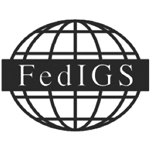
Federation of International Geo-Engineering Societies (FedIGS)
The Federation of International Geo-Engineering Societies (FedIGS) is a collaborative forum within which learned societies or associations involved in engineering with, on, or in geo-materials can meet and interact. The purpose of the Federation is to facilitate interaction among the member societies, explore opportunities to promote their common interests and provide a unified response to common issues through effective collective actions that are more effective than individual responses of the members.
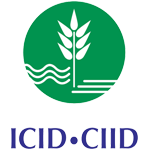
ASTM International
The International Commission on Irrigation and Drainage (ICID), established in 1950 is the leading scientific, technical and not-for-profit Non-Governmental Organization (NGO). ICID, through its network of professionals spread across more than a hundred countries, has facilitated sharing of experiences and transfer of water management technology for over half-a-century. ICID supports capacity development, stimulates research and innovation and strives to promote policies and programs to enhance sustainable development of irrigated agriculture through a comprehensive water management framework.

International Organization for Standardization (ISO)
ISO is an independent, non-governmental international organization with a membership of 165 national standards bodies. Through its members, it brings together experts to share knowledge and develop voluntary, consensus-based, market relevant International Standards that support innovation and provide solutions to global challenges.
ISO/TC 221 Geosynthetics: Standardization of all geosynthetic products including geotextlles, geomembranes, geocomposite clay liners and other geosynthetic related products.
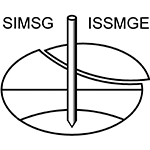
International Society for Soil Mechanics and Geotechnical Engineering (ISSMGE)
The ISSMGE is the pre-eminent professional body representing the interests and activities of Engineers, Academics and Contractors all over the world that actively participate in geotechnical engineering.
As a truly global organization, the ISSMGE provides a focus for professional leadership to more than 80 Member Societies and over 18,000 individual members.
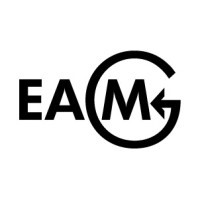
European Association of Geosynthetic product Manufacturers (EAGM)
The European Association of Geosynthetic product Manufacturers (EAGM) is established with the goal to promote the knowledge and the usage of European synthetic products and to underline the sustainable benefits when applying these products.
EAGM believes in establishing free circulation of geosynthetic products within the European Community, in a market where products have to comply with the same criteria and standards in each individual country. EAGM promotes and maintains a high level of quality for geosynthetic products, to be subject to equal and objective parameters, assuring customers that products from EAGM members are of a proven high level of quality.
EAGM strives for a full acceptance of geosynthetic products and solutions as equal or better than ''conservative'' building methods.
Do you want to join us?
Membership in the IGS is a valuable investment for anyone interested in the engineering and geosynthetics industry.
Latest News
- October 21, 2024
- October 10, 2024
- October 6, 2024






